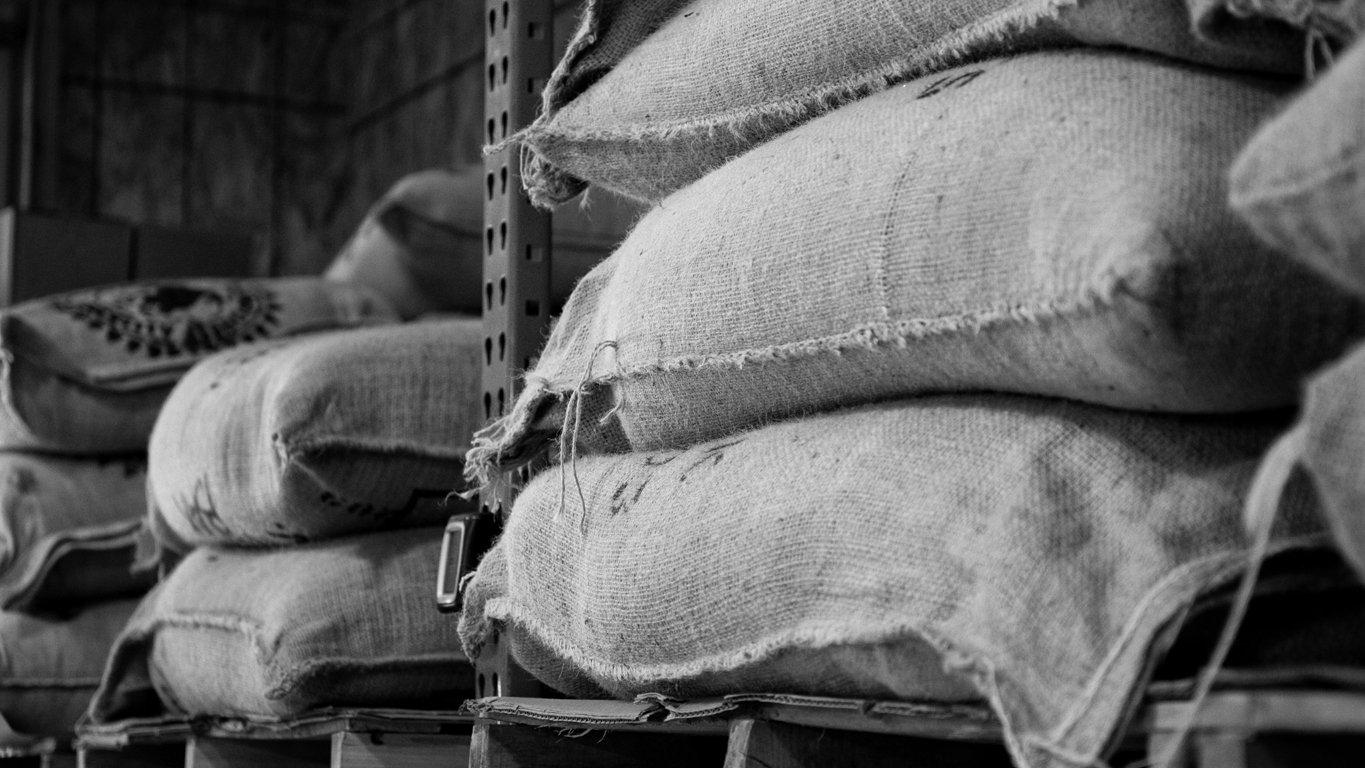Connecting the Dots: Inside the 2023 Coffee Barometer

The Coffee Barometer doesn’t pull any punches. So many coffee sustainability reports hedge their opinions and water down their criticisms, perhaps afraid to cross the corporations that fund much of the industry’s work to combat the climate crisis.
The Barometer—a version of which has been published by different organizations roughly every two years since 2006—takes a more clear-eyed, if slightly pessimistic, approach. Currently a collaboration between the NGOs Conservation International and Solidaridad and produced by the Dutch sustainability consulting firm Ethos Agriculture, the report combines analysis of publicly-available data and surveys of the major international coffee companies’ environmental efforts to create an overall picture of the sustainability issues affecting the industry and whether those efforts are actually making a difference.
“For the coffee industry, sustainability and discussions around how to make the supply chain more sustainable, we have been discussing this for 20 or 25 years,” Sjoerd Panhuysen, lead author of the Coffee Barometer, tells me. “And there’s still this tendency to not take responsibility and push that responsibility towards the farm level.”
A Moment in Time
Each edition of the Barometer focuses on the subjects, narratives, and sometimes buzzwords that are concerning the industry at the time. In 2018, for example, there was a lot of focus on consolidation, with Nestlé having just invested in Blue Bottle and Peet’s acquiring Intelligentsia and Stumptown a couple of years earlier. In 2020, the pandemic overshadowed much of the report. This year, the focus was on producer incomes and looming regulatory changes such as the EU deforestation legislation.
What the Barometer tries to do, Panhuysen explains, is give an overarching view of where the industry is at a particular point in time. And the more things change, the more they stay the same. “If you look at recent history, a few years ago everybody was talking about climate change, and what is the role of the coffee sector,” he says. “And in the last couple of years the discussion has moved very much to the living income and living wage discussion.”
And yet all the research points to the fact that coffee farmers are still overwhelmingly poor, “so from that perspective, not much is changing. And that’s what we try to bring to the fore, to give a bit more background and evidence about what’s going on in the [coffee] sector.”
A More Cohesive Overview
The first Coffee Barometer was published in 2006, and focused primarily on the sustainability claims of coffee roasters in the Netherlands. More companies were moving towards certifications like Rainforest Alliance and Utz, and Panhuysen and his colleagues at the Dutch Coffee Coalition wanted to know what these certifications actually meant in the grand scheme of things. “Okay, it's great to get all these promises,” Panhysen says, “but if we look at total volumes versus how much is actually procured under the standards, then the promises are very big and the reality is really, really small.”
Over the years the scope of the Barometer has expanded to include nearly a dozen multinational coffee companies. “We've always tended to focus on the big players,” Panhuysen explains, “with the idea being that if the big players give a good example then the sector will follow. Of course, we can discuss if that's really the reality, but that was our starting assumption.”
As the sustainability narratives in the coffee industry have evolved and changed, so has the Barometer in trying to follow and analyze those shifts. “The report, in the last edition, has become I think a more cohesive overview of trying to figure out if we’re still talking about the same things,” Panhuysen says.
Key Takeaways
The 2023 Barometer offers a thorough overview of the current state of corporate sustainability within the coffee industry. The report begins with a look at coffee trade and how it affects producers, who are also the subject of the next section entitled ‘Resilient Livelihoods’. This section details living income or living wage research and projects, as well as delving into the ever-present problem of climate change.
Then comes the ‘Coffee Brew Index’, a survey and analysis of the sustainability pledges and programs of eleven large multinational roasters like Starbucks, Lavazza, and KraftHeinz. And finally, the authors look at regulations such as the impending EU deforestation legislation and how these rules might impact the industry.
I asked Panhuysen for his key takeaways from this year’s Barometer, and he spoke of how interlinked all the topics covered by the report are. “It’s the connection of all the different elements, connection of the dots,” he says. “On the one hand, we see more and more concentration in just a few producing countries. You’re looking at a sector that is investing in Brazil and Vietnam and probably Uganda, and I think Covid has shown us how risky it is to get all your product from one source.”
This ties in to the dangers posed by the climate crisis, and how vulnerable the global coffee industry is to price fluctuations that come from such a narrow focus. One unseasonable frost in Brazil, for example, can spike coffee’s commodity price, and an oversupply can cause it to crash. “The coffee sector is not very future-proof if we only put money into a couple of countries and forget about the rest,” Panhuysen says.
“And of course linked to that is the discussion around living income,” he continues. “Over the last decades, for a lot of farming communities coffee has turned into a sort of poverty crop. It is relatively easy to look at the current research materials and ask, is coffee contributing to a decent income?” A lot of farmers, Panhuysen says, are in fact subsidizing the coffee sector by putting in time and effort and not being paid what their labor is worth.
He then connects the issues of pay and climate to the imperative to, as an industry, move towards regenerative agricultural practices and agroforestry. “Then bringing all these things together really creates this cocktail, like ‘Okay where's the solution?’,” he says. “Because I think each problem, well, you can find solutions. But as soon as you start to combine those problematic scenarios, it becomes a puzzle with a very difficult answer, no?”
And that's maybe also why the sector is still concentrating on trying to fix some issues by doing projects instead of really looking into how we can actually make changes in the value chain or in the system. We do have a lot of discussions around sustainability, but these discussions tend to be a little too comfortable.”
Wherefore Art Thou, Specialty
The Coffee Barometer is mainly focused on the big players, the gigantic corporations who together account for much of the world’s coffee trade. The 2020 edition noted that the top ten roasters—Nestlé, Starbucks, Tchibo, UCC, Melitta, JDE Peet’s, JM Smucker, Strauss, Massimo Zanetti, and Lavazza—are responsible for roasting 35% of the world’s coffee.
This year, the Coffee Brew Index looked at the sustainability strategies of these ten companies, plus KraftHeinz. Panhuysen and his co-author wrote that “their actual sustainability strategy is narrowly focused on improving efficiency and competitiveness within a globalized economy characterized by scarcity, increasing risks, and opaque supply chains.”
But what of the specialty industry? Surely the higher-end third wave companies are more sustainable, right?
Right?
“Discussions around sustainability are linked to specialty,” Panhuysen tells me. “They often go hand in hand: specialty equals sustainability. And that's not really reflecting reality. Of course, specialty can add more to the income of farmers, but in practice we also see that to produce high quality coffee farmers need to invest more and costs tend to be higher, and then they end up in this system that is looking for efficiency and the lowest price and the best quality possible.”
“There's no real link between procurement versus on the other end of the spectrum, what is green. What is the connection between procurement and sustainability and the costs of sustainable production practices? And I think that that goes both for commodity coffee as well as specialty coffee.”





